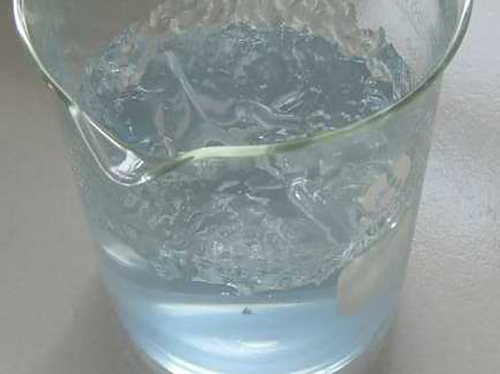Understanding the Role of Poly Aluminium Chloride in Effective Water Treatment Processes
Polyaluminium Chloride in Water Treatment An Overview
Water treatment is a critical process that ensures the supply of clean and safe drinking water. Among various coagulants used in this process, polyaluminium chloride (PAC) has gained prominence due to its effectiveness and efficiency. PAC is a chemical compound that combines aluminum with chloride ions, forming a polymeric structure. Its unique properties make it a preferred choice in various water treatment applications.
One of the primary functions of PAC in water treatment is to remove suspended solids and impurities from water. When added to water, PAC undergoes hydrolysis, resulting in the formation of aluminum hydroxide floccules that attract and bind with suspended particles. This process, known as coagulation, helps in aggregating smaller particles into larger clumps, making them easier to remove from the water during subsequent filtration steps. The efficiency of PAC in coagulation is significantly higher compared to traditional coagulants like aluminum sulfate (alum). This is due to its higher charge density and larger molecular weight, which enhances particle collision and adhesion.
Moreover, PAC operates effectively over a wide range of pH levels. It can be utilized in both acidic and alkaline conditions, providing versatility in different water sources and treatment situations. This adaptability makes PAC suitable for treating wastewater, surface water, and even drinking water, where different chemical compositions and contaminants may be present. As a result, water treatment facilities that employ PAC can achieve consistent and high-quality effluent.
Another advantage of using PAC is its lower dosage requirement compared to other coagulants. Because of its higher efficiency, smaller amounts of PAC are needed to achieve the same level of turbidity removal. This not only reduces operational costs but also minimizes the generation of sludge, which can be an environmental concern in water treatment processes. Less sludge production means lower disposal costs and a reduced environmental footprint, making PAC a more eco-friendly alternative.
polyaluminium chloride water treatment

The application of PAC is not limited to conventional water treatment processes; it also extends to advanced applications, such as the treatment of industrial wastewater. Industries often discharge effluents that contain various heavy metals and organic pollutants. PAC can effectively precipitate and remove these contaminants, making it an essential tool in environmental management and compliance with regulatory standards.
In addition to its role in coagulation, PAC also possesses antimicrobial properties. The presence of aluminum ions can inhibit the growth of certain bacteria and other pathogens, further enhancing the quality of treated water. This characteristic is particularly important in the treatment of drinking water, where microbiological safety is paramount.
Despite its many advantages, it is essential to handle PAC with care, as with any chemical substance. Proper dosing and monitoring are crucial to prevent aluminum leaching into the treated water, which can pose health risks at elevated levels. Water treatment facilities must implement rigorous testing and quality control measures to ensure the safety and compliance of the final product.
In conclusion, polyaluminium chloride is a versatile and effective coagulant in water treatment processes. Its ability to enhance coagulation efficiency, adaptability to various pH levels, lower dosage requirements, and antimicrobial properties make it a preferred choice for many water treatment facilities worldwide. As the demand for clean water continues to rise, the role of PAC in helping to meet this demand will undoubtedly grow, solidifying its position as a vital component in the quest for safe and clean drinking water.
-
Water Treatment with Flocculant Water TreatmentNewsJun.12,2025
-
Polymaleic AnhydrideNewsJun.12,2025
-
Polyaspartic AcidNewsJun.12,2025
-
Enhance Industrial Processes with IsothiazolinonesNewsJun.12,2025
-
Enhance Industrial Processes with PBTCA SolutionsNewsJun.12,2025
-
Dodecyldimethylbenzylammonium Chloride SolutionsNewsJun.12,2025





